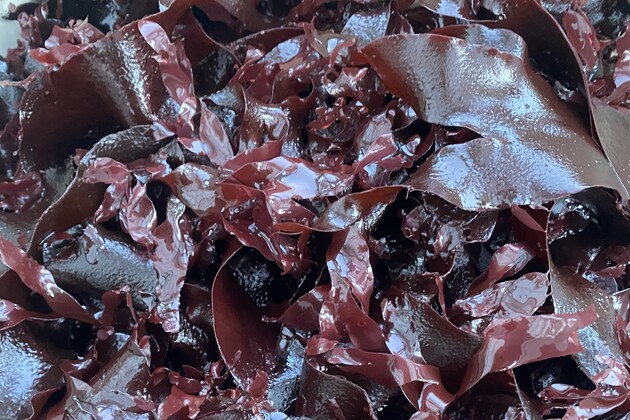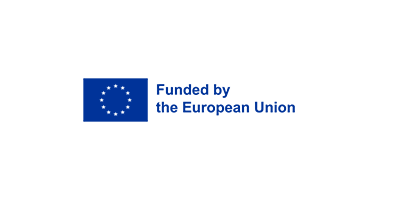PalmariaPlus
Production potential for red seaweed in Europe

In this project, we will investigate the cultivation potential of two red algae species which are currently underutilised by the European food industry.
Start
01. Aug 2025
End
31. Jul 2028
Funded by
Horizon Europe (EU) and the Research Council of Norway
Cooperation
University of Gothenburg, Sweden; Technical University of Denmark (DTU), Atlantic Technological University, Ireland
Project Manager(s):
Background
Red seaweeds, such as dulse and Irish moss, are highly sought after throughout Europe and prized for their appealing flavor and texture. They are high in protein and contain abundant antioxidants and phytochemicals while remaining low in unfavorable bio-available elements (e.g. iodine and arsenic) found in other seaweed species. Yet, to date, the vast majority of these products are wild harvested, which threatens coastal environments due to overharvesting and results in price volatility.
Aquaculture cultivation of these species is hindered by their complex reproductive biology and consequential difficulty in producing sufficient juveniles for farm plant outs. Perhaps understandably, then, very little is known regarding the environmental tolerances of these algal species and what conditions, whether in tanks or at sea, will provide an optimal growth environment. The nascent seaweed aquaculture industry is eager to grow red seaweeds, but has no reliable access to a supply of juveniles, or even a good understanding of how doing so may differ from practices with other more familiar species like kelp.
Objectives
The goal of PalmariaPlus is to tackle the hurdles to expanded production on multiple fronts.
- We will develop new techniques to increase juvenile seedling production and establish baseline production metrics for sea farms across the North Atlantic.
- We will establish optimal growing conditions for tank cultivation and evaluate how disparate populations, from Norway to Denmark, to Ireland, respond to climate change stressors.
- We will also develop novel tools to rapidly assess the quality of seaweed with hyperspectral imaging, unlocking a unique opportunity to classify biomass by quality, not just quantity.
What we do
In this project, Nofima will coordinate the activities among all the partners. We will also have primary responsibilities with:
- Sea cultivation of dulse and irish moss at sites in Norway, Denmark, Sweden, and Ireland.
- Using hyperspectral imaging to create models to rapidly estimate seaweed quality
- Dissemination and outreach to ensure that our results, and the value of farmed red seaweed, reaches the food industry and society at large.
Contact person

